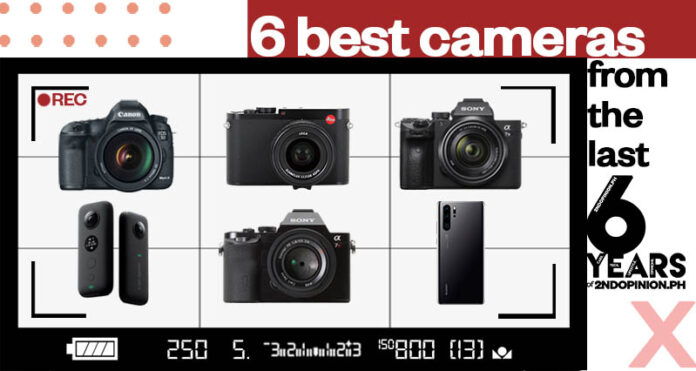Ah, cameras. What would I do without them? As a multimedia producer I may have some other options for work and leisure, but I simply couldn’t function properly without something in my hand that captures images, mainly the ones that are still. It’s the one gadget that’s never been far from my reach since I was a kid. So, when the best tech-lifestyle magazine in the country asked for my opinion on what the 6 best cameras of the last 6 years are, I excitedly obliged. A little disclaimer though: discussions on which cameras are the “best” are the ones that have no end. It certainly and validly differs from person to person, as the choices out there are practically unlimited like with the genres they’re used in. So take this article as a long subjective opinion based on personal experience. These cameras, I’m confident enough to say, are the ones that have made a huge impact on me and a lot of other photography enthusiasts and professionals.
Canon 5D Mark III
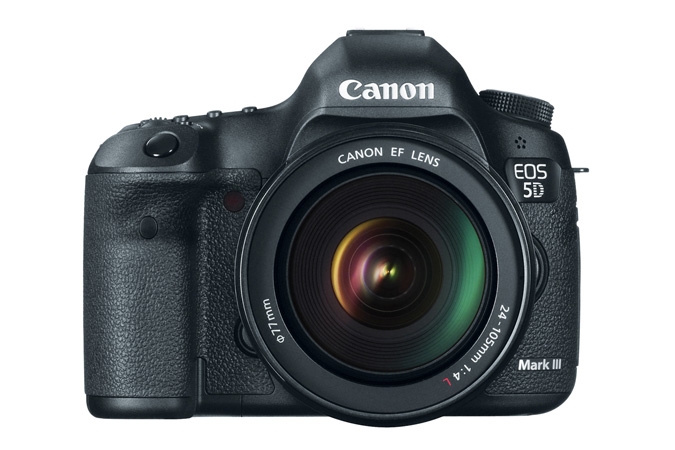
My first DSLR was a Canon 20D. And as I’ve upgraded through the years with about a dozen more models under the Canon brand, the 5D Mark III was the one that gave me such a huge leap in image quality, a major boost in dynamic range and low-light performance, not to mention a pro-level video capability to boot — with a relatively easy-to-use interface and straightforward controls housed in a near indestructible body. Sure it weighed as much as an anvil, but it became the reliable workhorse of choice for many photographers and filmmakers out there. Paired with Canon’s excellent line of premium L lenses, many would agree that the 5D Mark III was the best all-around DSLR of its era. To me it deserves a monument as the last bastion of the greatest DSLRs before the mirrorless revolution took over.
Leica Q
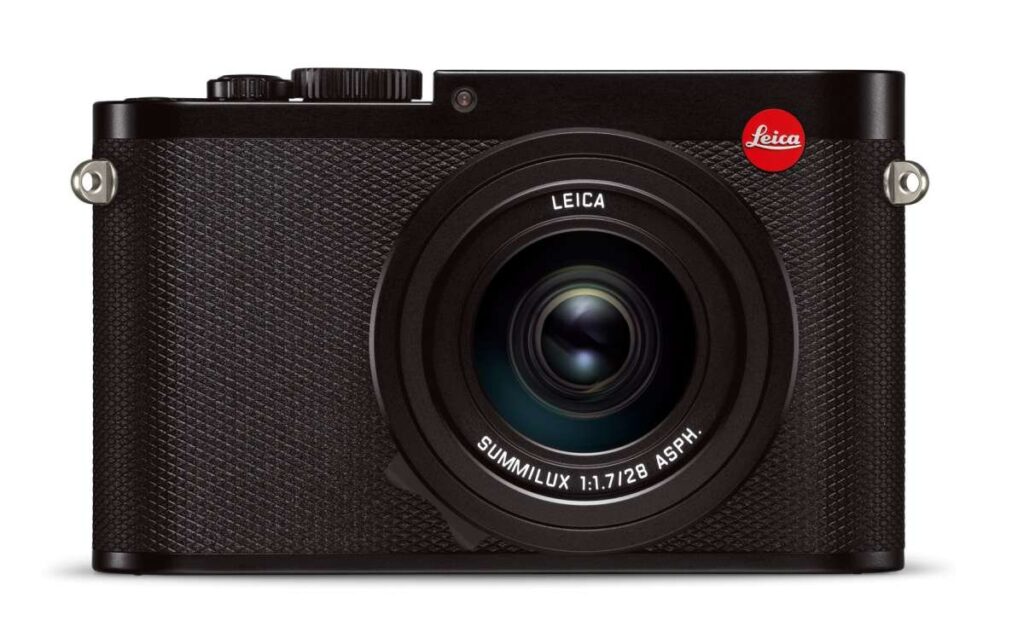
Leica cameras in general, are in a totally different category of photography. While I say that with confidence, I feel unworthy of expounding on it as much as feeling it’d take more than a long article to do so. Many of the most iconic photographs in the world throughout history were taken using Leica cameras — something about the principle behind using one, coupled with how a Leica is built, puts the marque on a different level. Excellent optics that have this inexplicable depth and warmth in the images they produce, coupled with the form factor that simply encourages you to shoot with emotion and not logic, with spontaneity and not calculation, and it frees you to take photos with your feelings — well, at a steep cost. The Leica Q was lent to me to test via an immersive trip to the Leica headquarters in Wetzlar, Germany. The Q delivered and gave me an unprecedented view of the world through a Leica lens. If one can’t afford the Leica lifestyle, the Q is the Leica that’ll serve as your ticket to enjoy the freedom of photography through an impassioned set of eyes.
Sony A7III
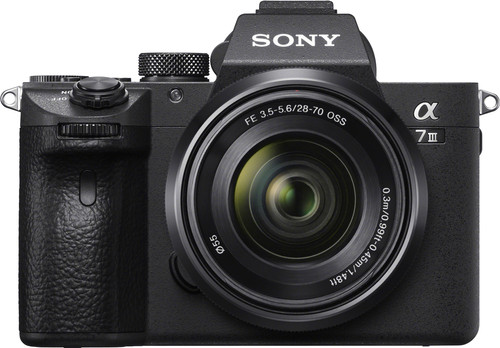
It’s the mirrorless camera that made me end my nearly 15-year love affair with Canon. I was seriously distressed when I began to notice the mass invasion of the Sony cameras being used by special event and wedding coverage teams, I was like “what’s going on? Why aren’t you using the brand with the best lens lineup ever?” Then my close friends in the same field started to shift to Sonys too — until the pull was just too much to bear. The A7III was my first serious foray into mirrorless cameras for professional use. And so good it was, for either photography or videography, that it was like Sony’s Mike Tyson to Canon’s Muhammad Ali. The A7III had the perfect balance of a quick and reliable auto-focus system with an excellent full frame sensor that produced image quality that won the trust and confidence of early mirrorless doubters. It brought the convenience of the mirrorless system to videography as well, and with Sony’s industry standard S-Log gamma curve, which allows your video recording to acquire and transmit as much image information as your sensor can contain, many count on it for maximum flexibility in post-production, especially in color grading. The Sony A7III literally changed the way I shoot.
Insta360 One X
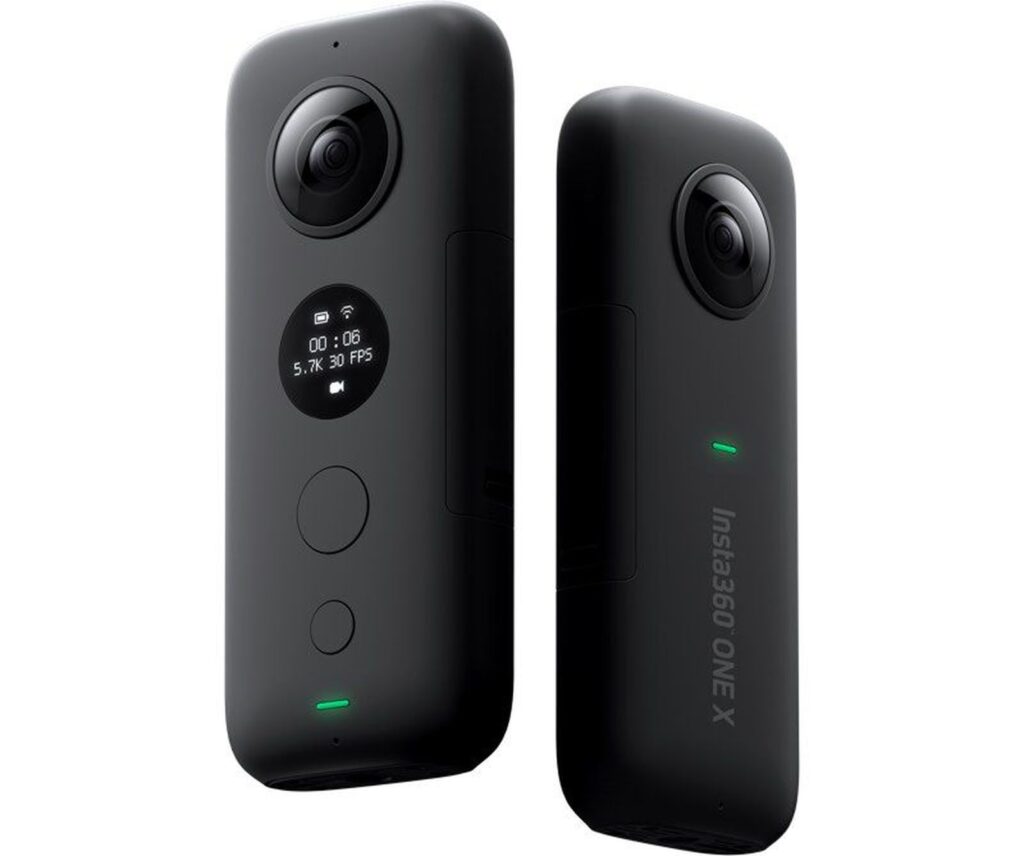
360-degree cameras have been around for a long time, and until the arrival of the Insta360 One X, 360-degree cameras were either rinky-dink novelty cameras or super expensive and bulky specialty-use cameras. My first 360-degree camera was a Ricoh Theta S, and while I had a ton of fun with it, the image quality it produced whether on photos or video fell short when it came to professional usability. It shot video in 1080p Full HD quality, but its low-light performance and sharpness were just short of horrid. The Insta360 One X right off revolutionized the consumer-level 360-degree camera. It shot video in 5.7K resolution, and had a very effective “Flowstate” in-camera image stabilization, and most importantly, the image quality is good whether on photos or video. I’ve been able to use mine on many occasions, providing value added output from me to impress my clients with. I also found that having one enhances one’s creativity. Special mention to its newer but more capable sibling the Insta360 One R, which is essentially a feature- packed modular Action/360-degree camera. But the One X’s very handy form factor and high resolution still makes it as my top choice when it comes to 360-degree cams. It afforded me an always shooting “camera 2” even when I worked alone. The Insta360 OneX is now a permanent resident in my camera bag.
Huawei P30 Pro
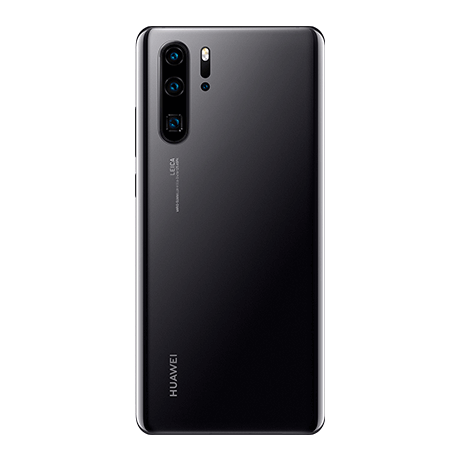
I know what you’re gonna say: “but that isn’t even a camera!” Well that’s just partly true. The Android-based Huawei P30 Pro equipped with lenses produced in cooperation with Leica is an incredible boon to smartphone photography. Images from it can even surpass those from entry-level mirrorless cameras in terms of sharpness, color and contrast quality. Then add to it the flexibility of having several lenses of varying focal lengths mounted on a single pocketable powerful multi-tasking device — it’s a content creator’s best friend! In fact, I opted to sell my back-up Sony A6300 camera in order to buy one, and as I predicted, it’s seeing a lot more use than any of my cameras — my main full-frame mirrorless included. It’s just mind-boggling how a pea-sized lens can acquire so much detail in both sharpness and color information. I remember challenging myself to use just my P30 Pro on an important overseas coverage, for both photos and video despite bringing my entire repertoire of camera gear — it did not disappoint, the advantages outweighed its limitations! Of course the newer Huawei P40 Pro offers better specs and a whole host of improvements, as newer models always do, but the P30 Pro to me set the demarcation where a smartphone can be considered a serious piece of equipment for professional use.
Sony A7R IV
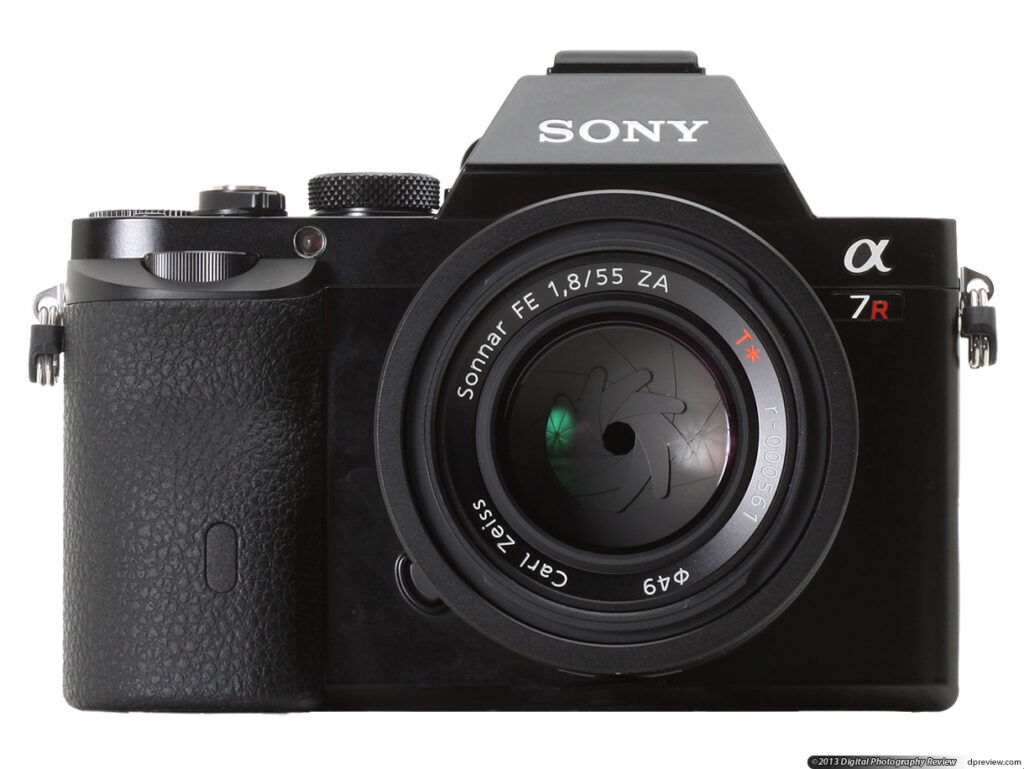
Now including a camera I’ve never laid my hands on can definitely be part of this list on the sheer merit of specifications alone. My main work camera is an A7R III which was Sony’s flagship high-megapixel/resolution full-frame mirrorless camera until its souped-up and boosted replacement, the Sony A7R IV was introduced just a couple of months ago. It’s as close to a medium-format camera as a small-ish full-frame mirrorless camera can get. In the world of pro-level cameras, upgrades aren’t like mere token improvements like on smartphones. Upgrades at this level are meant to decisively overwhelm its predecessor, and much more, its competition. The Sony A7R IV boasts of a 61.0 Megapixel sensor, can shoot at 10 frames per second, and has a usable high ISO of 32,000. Those specs translate to stunning detail and breathtaking dynamic range that would excite discerning landscape and wildlife photographers, especially when used in conjunction with Sony’s exceptional G Master line of lenses. I’ll have to stop myself from gushing and geeking out on this as it’s not healthy, and only an aspiration, in reference to my bank account.
So though my list may be arguable to some, I believe for the most part, people passionate about imaging for both still and moving pictures will concur. On the occasion of 2ndOpinion.ph’s 6th anniversary, I send my hearty congratulations to its Editor-in-Chief and its entire team as well, for producing an exceptional source of information and inspiration that’s essential to the prevailing lifestyle now and certainly in the future. Kudos, 2.0!




